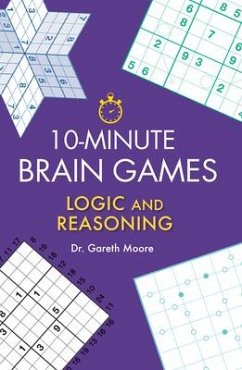
Recursion Via Pascal
Versandkostenfrei!
Versandfertig in 1-2 Wochen
68,99 €
inkl. MwSt.

PAYBACK Punkte
34 °P sammeln!
This book is devoted to recursion in programming, the technique through which the solution to a problem is expressed partly in terms of the solution to a simpler version of the same problem. Ultimately the solution to the simplest version must be given explicitly. In functional programming, recursion has received its full due since it is quite often the only repetitive construct. However, here the programming language used is Pascal and the examples have been chosen accordingly. It therefore makes an interesting contrast with the use of recursion in functional and logic programming. The early ...
This book is devoted to recursion in programming, the technique through which the solution to a problem is expressed partly in terms of the solution to a simpler version of the same problem. Ultimately the solution to the simplest version must be given explicitly. In functional programming, recursion has received its full due since it is quite often the only repetitive construct. However, here the programming language used is Pascal and the examples have been chosen accordingly. It therefore makes an interesting contrast with the use of recursion in functional and logic programming. The early chapters consider simple linear recursion using examples such as finding the highest common factor of a pair of numbers, and processing linked lists. Subsequent chapters move up through binary recursion, with examples which include the Towers of Hanoi problem and symbolic differentiation, to general recursion, which covers examples such as drawing the cover design of this book. The book contains well over 100 examples. Recursion via Pascal will be a useful introduction to recursion for undergraduate students of computer science in universities and polytechnics.
Table of contents:
Preface; 1. Introduction to recursion; 2. Recursion with linked-linear lists; 3. Recursion with binary trees; 4. Binary recursion without trees; 5. Double recursion, mutual recursion, recursive calls; 6. Recursion with n-ary trees and graphs; 7. Simulating nested loops; 8. The elimination of recursion; Further reading and references; Index of procedures.
Table of contents:
Preface; 1. Introduction to recursion; 2. Recursion with linked-linear lists; 3. Recursion with binary trees; 4. Binary recursion without trees; 5. Double recursion, mutual recursion, recursive calls; 6. Recursion with n-ary trees and graphs; 7. Simulating nested loops; 8. The elimination of recursion; Further reading and references; Index of procedures.














